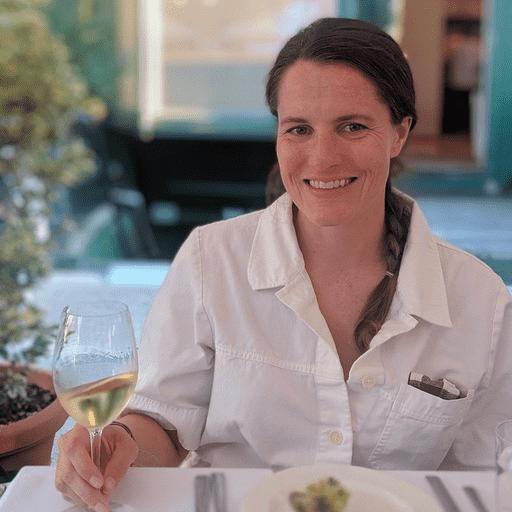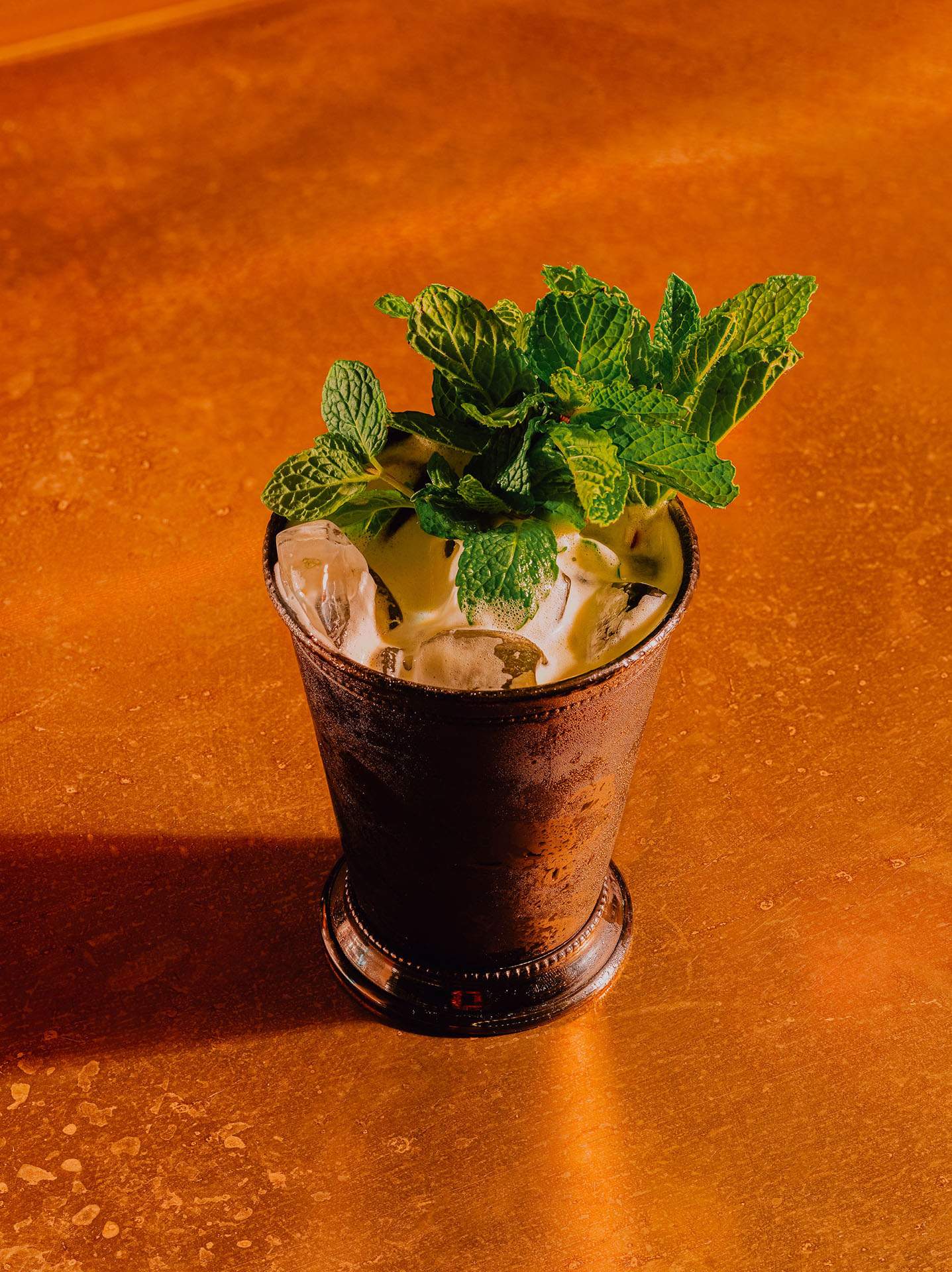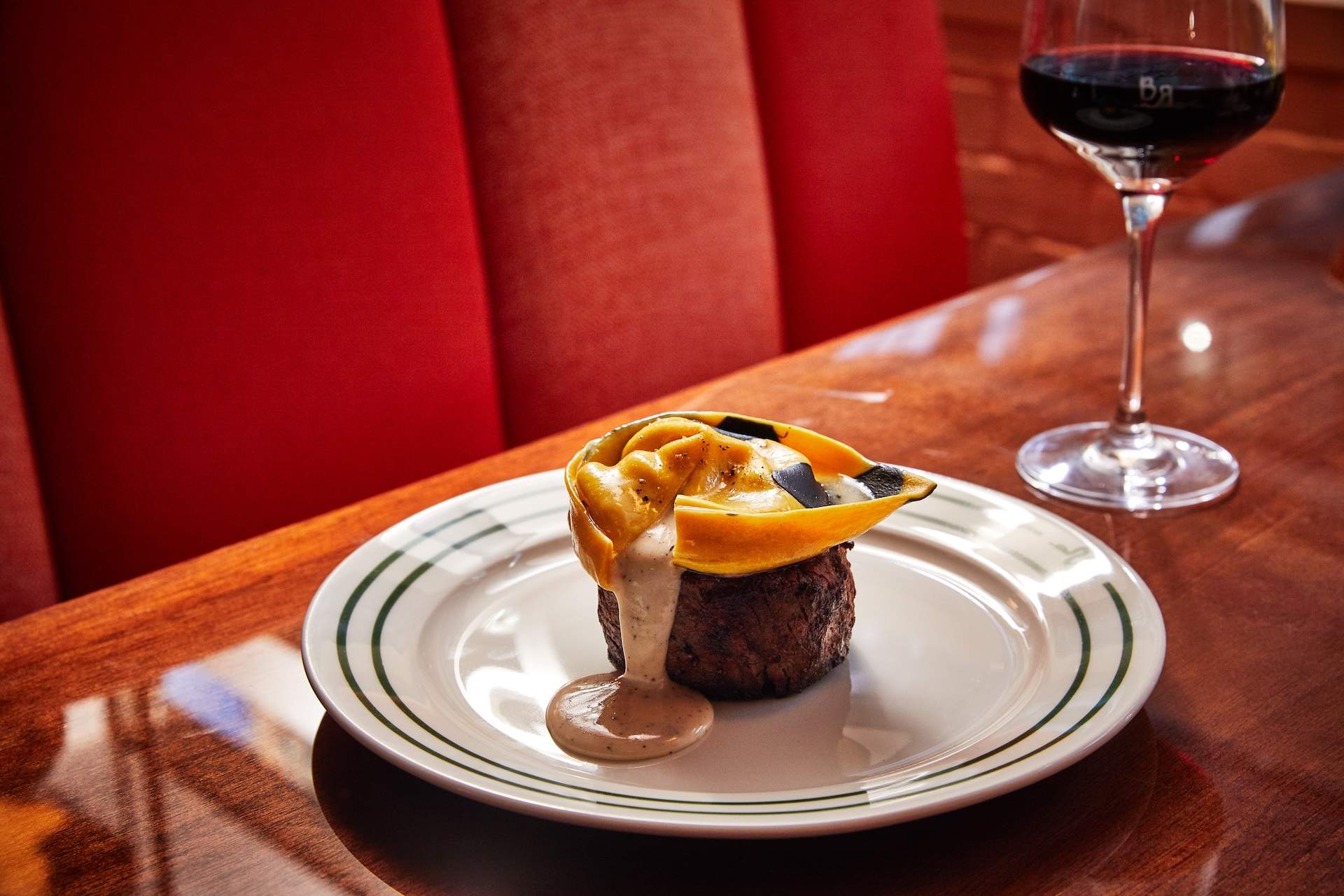At a recent dinner in New York City, our server approached the table and asked “Is anyone drinking tonight?” The question jumped out at me as a marker of a new era in dining—one where alcohol consumption isn’t assumed. This is even more relevant in January, that month of sweeping personal reform where many of us reassess our habits. I’m happy to report that for those looking to consume less alcohol—or for those who already abstain—there has never been a better time to drink.
A recent Gallup poll saw the percentage of Americans who drink alcohol drop from 65% in 2019 to 60% in 2021. “Many of us have investigated our relationships with alcohol and are interested in moderation…especially in a post-COVID world,” Julia Bainbridge, a writer and editor who quite literally wrote the book on alcohol-free cocktails, says.
As with any good trend, the market has followed. Non-alcoholic beverages have boomed in recent years: Seedlip was an anomaly when it launched its line of gin-inspired non-alcoholic spirits in 2015. Cut to 2023, and non-alcoholic beer, wine, and spirits make up a $395 million dollar industry, spawning the rise of non-alcoholic bottle shops like the bi-coastal brand Boisson and dedicated bars.
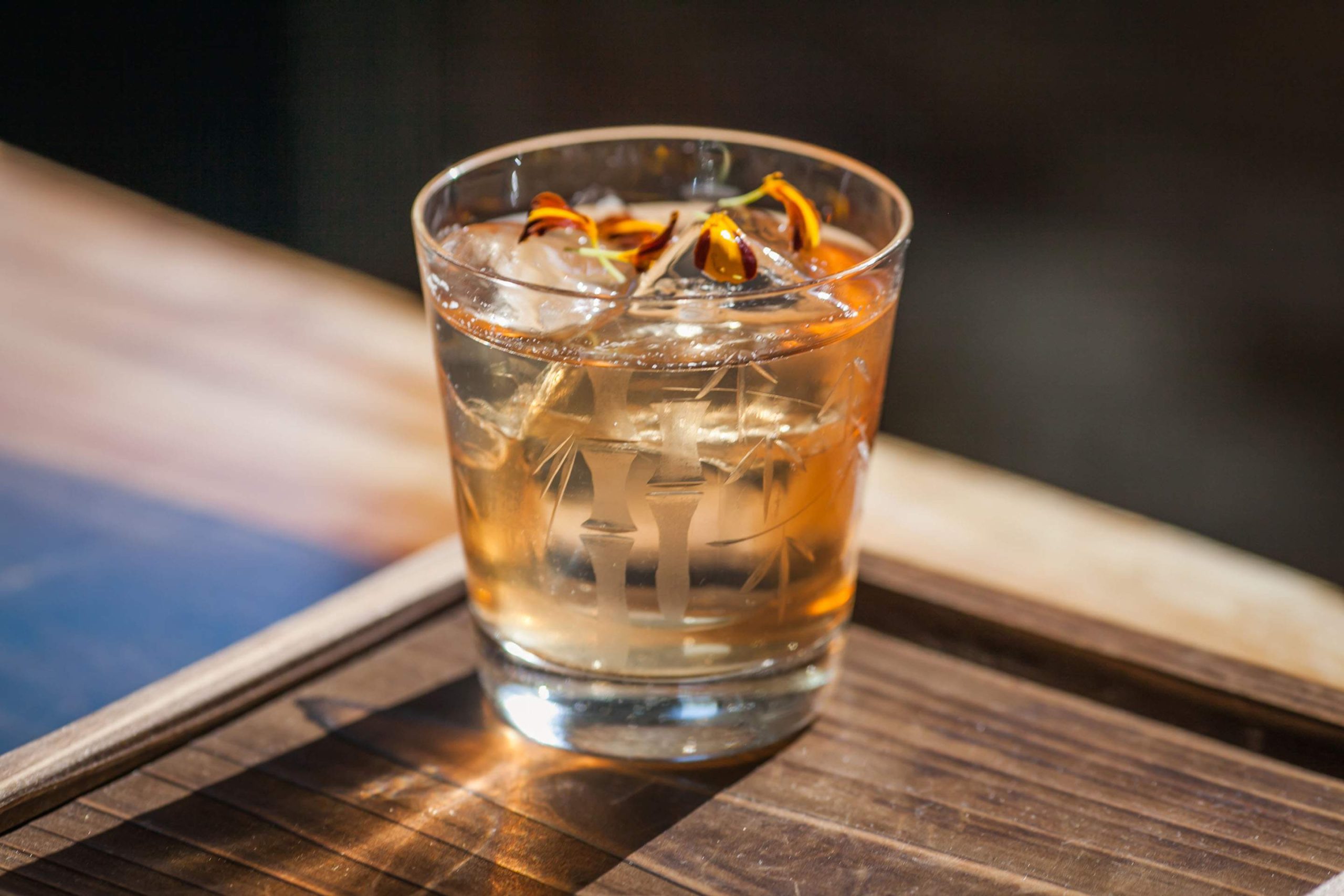
It makes sense that restaurant menus would be the next frontier. While people may be drinking less, they’re going out more, and the nation’s bartenders have more non-alcoholic ingredients in their arsenal than ever before. Gone are the days of the (terribly named) mocktail, fruit juices, and sodas; the modern non-alcoholic beverage list is full of complex and interesting options that hold their own.
Julia Momose approaches her spirit-free offerings with the same rigor that earned her Chicago bar Kumiko the 25th spot on the World’s 50 Best Bars list. The lengthy menu looks for flavors and inspiration everywhere; a recent offering called The Remedy combines kinmokusei, the citrusy blossoms of a Japanese fragrant tea olive tree, with fennel and tonic water spiked with bitter French gentian root.
Momose is a longtime advocate for the expansion of non-alcoholic offerings on bar menus. For her, inclusion was personal: “Neither of my parents drink alcohol,” she says. “Being that my chosen career is that of a bartender and now bar owner, it has been important to me to have options for them and others who choose not to drink at every bar I run.” Non-alcoholic drinks now make up 20% of her beverage sales.
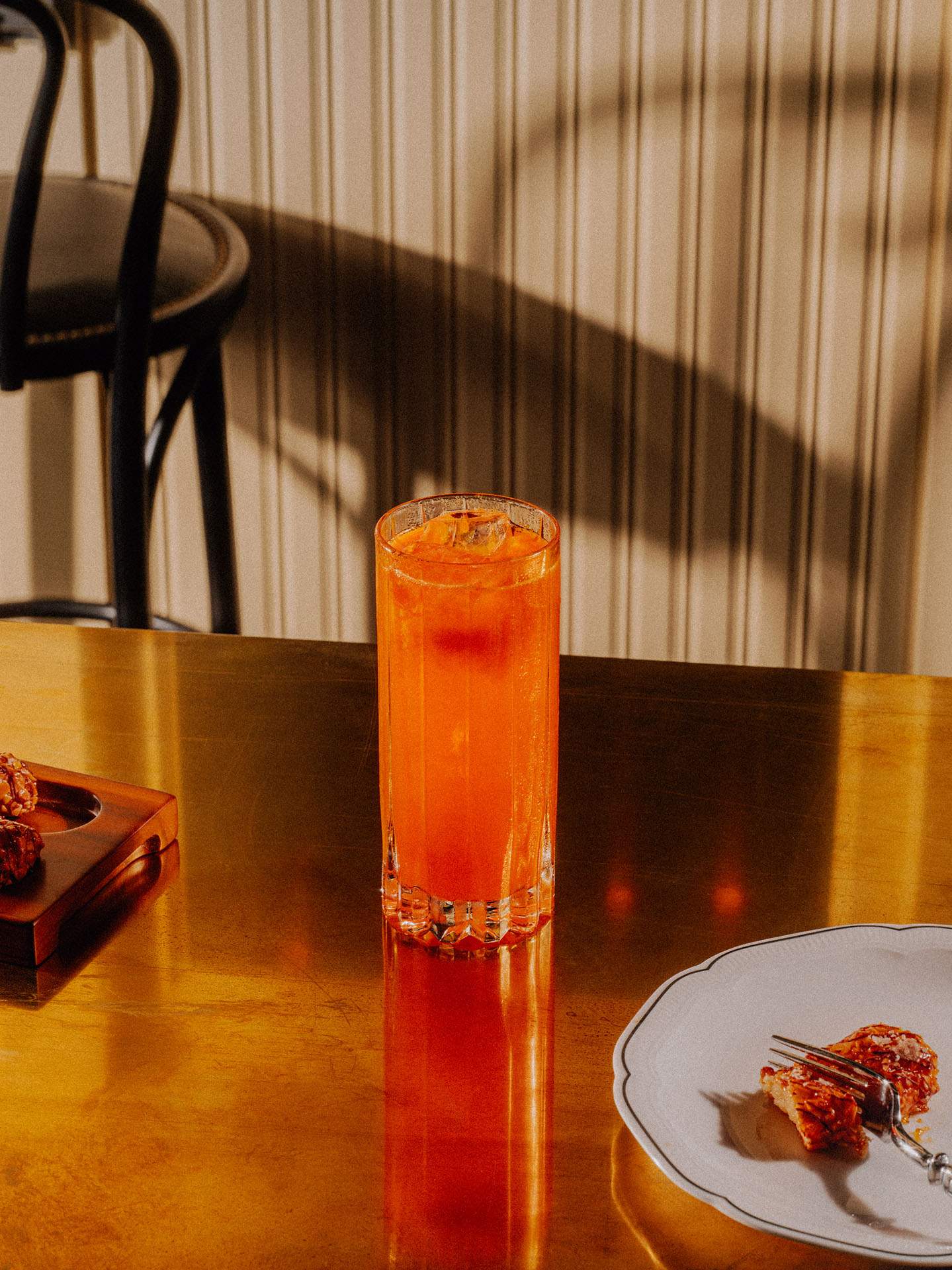
I noticed at New York’s Koloman that diners can start dinner with an Alpine Swizzle packed with herbs, pineapple, ginger, and spices, or pair a non-alcoholic sparkling riesling from one of Germany’s top producers with their salmon en croute. Beverage director Katja Scharnagl has even seen a shift in the way people order these in conjunction with alcoholic options. “There’s a nice opportunity to start one’s meal off with non-alcoholic options and finish with a glass of wine, in order to keep you fresh for the day ahead,” she says.
As more diners begin to reassess whether a meal out involves alcohol, restaurants are also rethinking how they discuss orders with their customers. “Our servers speak to a variety of beverage selections and are sure to balance highlighting both the alcoholic and non-alcoholic options.” Scharnagl says.
“We never assume folks are there for the alcohol,” Kumiko’s Momose adds. “Conversations around making drink suggestions are kept flavor-profile based.” She ensures that her spirit-free drinks follow the same naming conventions as the spirited side of the menu for inconspicuous ordering.
No matter how wet or dry your January is shaping up to be, one thing is for sure: There is no shortage of delicious options to cheers with.
